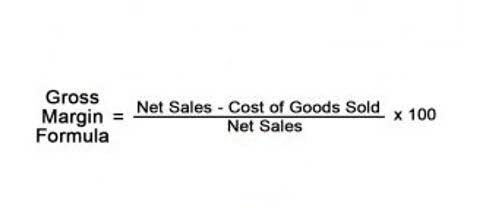
Running a business costs money; fortunately, you can deduct the costs from your taxes. Tax shields from a business include operating expenses, travel and food for business purposes and acquisition cost for goods. Lastly, launching a new business can earn you as much as a $5,000 deduction the year you create a startup. The tax shield refers to the amount of tax that has been saved by claiming depreciation as an expense. It’s calculated by multiplying the depreciation expense by the tax rate.
- An individual may deduct any amount attributed to medical or dental expenses that exceeds 7.5% of adjusted gross income by filing Schedule A.
- This machinery has an estimated useful life of 10 years and a salvage value of $10,000.
- This works in the opposite way to dividend payments, which are not tax-deductible.
- Alternatively, you have the opportunity to move it forward to a future point in time.
- Tax-efficient investment strategies are cornerstones of investing for high net-worth individuals and corporations, whose annual tax bills can be very high.
Tax Shields for Depreciation
They also make capital-intensive investments more attractive because the higher the investment in depreciable assets, the greater the potential tax shield. Depending on the taxpayer’s total rate and cash flows for the specific year, tax shields differ from nation to nation and have different depreciation tax shield formula benefits. For depreciation, an accelerated depreciation method will also allocate more tax shield in earlier periods, and less in later periods. However, it is important to consider the effect of temporary differences between depreciation and capital cost allowance for tax purposes.
Business Costs
If you don’t report every element of your income—including bonuses paid by your employer and tips—then you are guilty of tax evasion. If you deliberately claim specific tax credits that you’re not eligible for, then you are committing tax fraud. For example, if you have a tax rate of 24 percent and you have $2,000 in mortgage interest, you can determine that your tax shield would be $480.
Tips for Tax Shields
As you can see, the Taxes paid in the early years are far lower with the Accelerated Depreciation approach (vs. Straight-Line). As an alternative to the Straight-Line approach, we can use an ‘Accelerated Depreciation’ method like the Sum of Year’s Digits (‘SYD’). Let’s take a look at how we would calculate Depreciation with each approach. In the section below, we cover two of the most common methods and their Cash Flow and Valuation impacts. Below, we take a look at an example of how a change in the Depreciation method can have an impact on Cash Flow (and thus Valuation).
Want To Learn More About Finance?
The amount by which depreciation shields the taxpayer from income taxes is the applicable tax rate, multiplied by the amount of depreciation. Depreciation is the normal wear and tear in the value of the asset. It is debited to the profit and loss account as expenses, reducing the profit and tax. It is the https://www.bookstime.com/articles/forming-a-corporation-advantages-and-disadvantages amount of tax saved due to depreciation expense which calculates as depreciation debited as expenses multiplied by the applicable tax rate to the entity. Depreciation is allowable to the business entity for the assets used for business, and on personal investments, no depreciation is allowed as expenses.

What is Variance Analysis in Financial Reporting?
- For instance, IRS standards dictate that a commercial property generating revenue depreciates over 39 years.
- As a result, it reduces the overall taxable income, thus lowering the amount of tax payable.
- Both corporations and individuals can use tax shields to save money on their taxes.
- Sandra Habiger is a Chartered Professional Accountant with a Bachelor’s Degree in Business Administration from the University of Washington.
- Donating to charity might lessen one’s tax liabilities, much as the tax break provided as reimbursement for medical expenditures.
- Let’s take a look at how we would calculate Depreciation with each approach.
Tax evasion occurs when people intentionally fail to report their revenue or income to the proper taxing authority, such as the Internal Revenue Service (IRS). Working with an adviser may come with potential downsides such as payment of fees (which will reduce returns). There are no guarantees that working with an adviser will yield positive returns. The existence of a fiduciary duty does not prevent the rise of potential conflicts of interest. Saudi Arabia, United Arab Emirates, Oman, Kuwait, Qatar, and Bahrain are some examples.

Julia Kagan is a financial/consumer journalist and former senior editor, personal finance, of Investopedia.
Purchase Price Allocation in 4 Steps – The Ultimate Guide (
Tax depreciation 101 – Thomson Reuters Tax & Accounting
Tax depreciation 101.
Posted: Thu, 24 Aug 2023 07:00:00 GMT [source]

Comentários